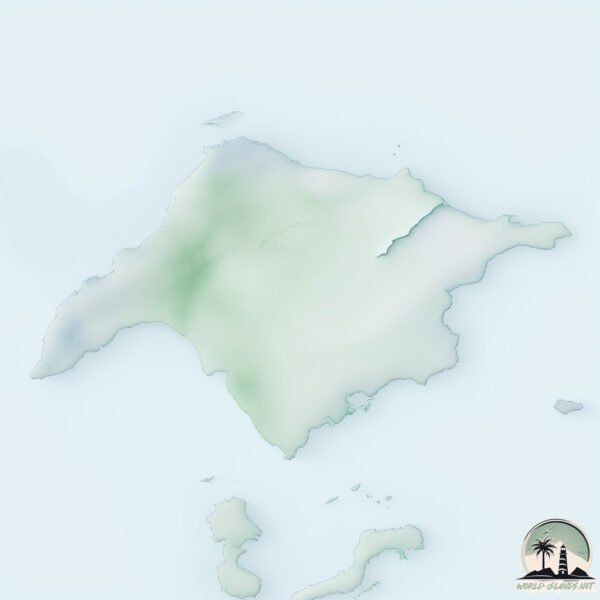Welcome to Bolshoy Shantar , a Continental island in the Sea of Okhotsk, part of the majestic Pacific Ocean. This guide offers a comprehensive overview of what makes Bolshoy Shantar unique – from its geography and climate to its population, infrastructure, and beyond. Dive into the details:
Geography and size of Bolshoy Shantar
Size: 1822 km²Coastline: 373 kmOcean: Pacific OceanSea: Sea of OkhotskContinent: Asia
Bolshoy Shantar is a Very Large Island spanning 1822 km² with a coastline of 373 km.
Archipel: Shantar Islands – A group of Russian islands in the Sea of Okhotsk, known for their untouched wilderness and rich biodiversity.
Tectonic Plate: Eurasia – One of the world’s largest tectonic plates, the Eurasian Plate covers a significant portion of Europe and Asia. It’s characterized by diverse geological features, including the Ural Mountains, the European Plain, and the Himalayas formed from its collision with the Indian Plate.
The geographic heart of the island is pinpointed at these coordinates:
Climate and weather of Bolshoy Shantar
Climate Zone: ContinentalClimate Details: Subarctic ClimateTemperature: Cold Summer
Climate Characteristics: Characterized by long, extremely cold winters and short, cool summers, often found in northern latitudes of North America and Eurasia.
Topography and nature of Bolshoy Shantar
Timezone: UTC+11:00Timezone places: Asia/VladivostokMax. Elevation: 641 m Mean Elevation: 172 mVegetation: Deciduous Needleleaf ForestTree Coverage: 61%
The mean elevation is 172 m. The highest elevation on the island reaches approximately 641 meters above sea level. The island is characterized by Plateau: Elevated flatlands rising sharply above the surrounding area, with a maximum elevation over 500 meters but a mean elevation less than 300 meters, forming unique highland areas on islands.
Dominating Vegetation: Deciduous Needleleaf Forest
Vegetation: 11 vegetation zones – Exceptionally Diverse Island
Infrastructure and Travelling to Bolshoy Shantar
Does the island have a public airport? no .
Does the island have a major port? no .
The mean population of Bolshoy Shantar is 0 per km². Bolshoy Shantar is Uninhabited. The island belongs to Russia .
Continuing your journey, Ostrov Prokof’yeva is the next notable island, situated merely km away.
Bolshoy Shantar, Russia, (z+c) sea level rise -135 - 65 m
The video zooms in on the area around Bolshoy Shantar in Russia, on an altitude-colored, relief-shaded map with present ...
Bolshoy Shantar, Russia, (z+c) sea level rise -135 - 65 m
The video zooms in on the area around Bolshoy Shantar in Russia, on an ...
The video zooms in on the area around Bolshoy Shantar in Russia, on an altitude-colored, relief-shaded map with present ...
Bolshoy Shantar, Russia, sea level rise -135 - 65 m
The video shows the area around Bolshoy Shantar in Russia, on an ...
The video shows the area around Bolshoy Shantar in Russia, on an altitude-colored, relief-shaded map with present coastline ...
National park. Национальный парк "Шантарские острова"
Russia. Khabarovsk region. The Shantar Islands is an archipelago in ...
Russia. Khabarovsk region. The Shantar Islands is an archipelago in the Sea of Okhotsk, part of the Tuguro-Chumikansky region.
Russia is classified as Emerging region: BRIC: Brazil, Russia, India, and China – Economies noted for their rapid growth and increasing influence on global affairs. The level of income is Upper middle income.
News – Latest Updates and Headlines from Bolshoy Shantar
Stay informed with the most recent news and important headlines from Bolshoy Shantar. Here’s a roundup of the latest developments.
Social Media Posts about Bolshoy Shantar
Please note: The data used here has been primarily extracted from satellite readings. Deviations from exact values may occur, particularly regarding the height of elevations and population density. Land area and coastline measurements refer to average values at mean high tide.

